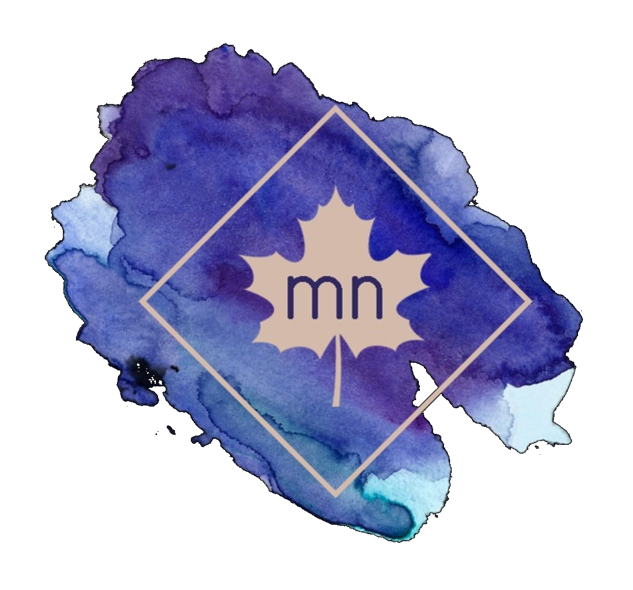bullet journaling
- maple notes

- Jul 10, 2021
- 3 min read
Updated: Jul 12, 2021
A bullet journal is a method of personal organisation developed by designer Ryder Carroll. The system organises scheduling, reminders, to-do lists, brainstorming, and other organisational tasks into a single notebook

Bullet journals are usually handwritten, and kept in a single notebook. The core tools of a bullet journal are an index, rapid logging, logs, collections and migration
method
“Proponents describe the bullet journal as both an effective planning method and a "creative outlet" with a focus on "simplicity and clarity.”
index
The index functions like the index to a book, or a table of contents, pointing to where information on different topics is located
rapid logging
Rapid logging uses a system of symbols (e.g. dashes, asterisks, circles, etc.) to simplify, abbreviate and organise information. These symbols can be explained in a key, typically located in the front of the journal. Information can be organised into tasks, events, and notes, but the possibilities are endless.
logs
Logs are to-do lists, organized on different time-scales, including daily, weekly, monthly, and future logs. Logs are often called spreads, since they typically spread across two adjacent pages.
collections
Collections make up the bulk of a bullet journal, and organise information by content - these can be logs, lists, trackers, etc. Other popular collections include habit and mood trackers, fitness or diet trackers, list of books to read, restaurants to try
migration
Described as the "cornerstone" of bullet journaling, migration is the practice of periodically updating lists to new lists, such as carrying over unfinished tasks from one month's log to the next. This helps users stay organised, productive, and on task by allowing them to prioritise what things need to get done, and what can be placed on hold. Migration can also refer to the process of moving into a new notebook

uses
A bullet journal is a way to schedule by day, week, month, or year; it can also be used to keep track of task progress. It may act as a medium for written and drawn meditation, as an artistic outlet, and as a diary. Many people get inspiration from Instagram users who post their own creations, in the hopes of inspiring others. For those who want to stay on top of their academics, but like to draw as a hobby, this is a great and easy combination. It can also be used to track mental health-related ideas. This could include spreads with mood and habit trackers. Finally, if a person keeps it up for a long time, it can be used to reflect on memories and events that occurred in the past
Good Housekeeping described it as "equal parts day planner, diary and written meditation."
school
Many students have taken up bullet journaling to help them succeed in all levels of school - high school, college, graduate etc. On YouTube, there are many "study with me" videos, which feature YouTubers studying, as well as sharing tips, tricks, and favorite supplies. Closely related are studygrams, which are Instagram accounts dedicated to studying and taking effective, organized and aesthetically pleasing notes. Bullet journaling has been featured in many of these videos as a way to get organized and stay productive in school. In 2019, Study with Me: Effective Bullet Journaling Techniques, Habits, and Hacks To Be Successful, Productive, and Organised - With Special Strategies for Mathematics, Science, History, Languages, and More by Jasmine Shao and Alyssa Jagan was published. This book was inspired by the popular "study with me" or "studygram" phenomenon
work
Proponents of the bullet journal system have also used it to organize their work lives and careers, since the system promotes productivity and is easily customisable. Bullet journals can be used to keep track of tasks, schedule appointments and meetings, manage projects, take notes, track how time is being spent, etc. Some have even used it to keep track of goals for annual reviews. Thousands of videos can be found on YouTube on how to use a bullet journal for work.
finances
There are a variety of ways that people can use a bullet journal to track or log finances. The flexibility of the bullet journaling system allows people to keep a record of their spending or their savings goals, in as much or as little detail as they wish. Tracking finances in a bullet journal can look like anything from creative savings charts, daily spending logs, 'No Spend Day' calendars, or monthly budgets and bill payment trackers.
mental health
Bullet journaling to manage mental health has also become very popular, due to the tracking features of the bullet journaling system. By recording information over time in one place, it can lead to insights about users' moods, habits, mental health triggers and more. Other helpful spreads include goal setting and gratitude logs, which can encourage users to stay motivated and positive. Additionally, a bullet journal can be a designated outlet to work through strong emotions or difficult times.



Comments